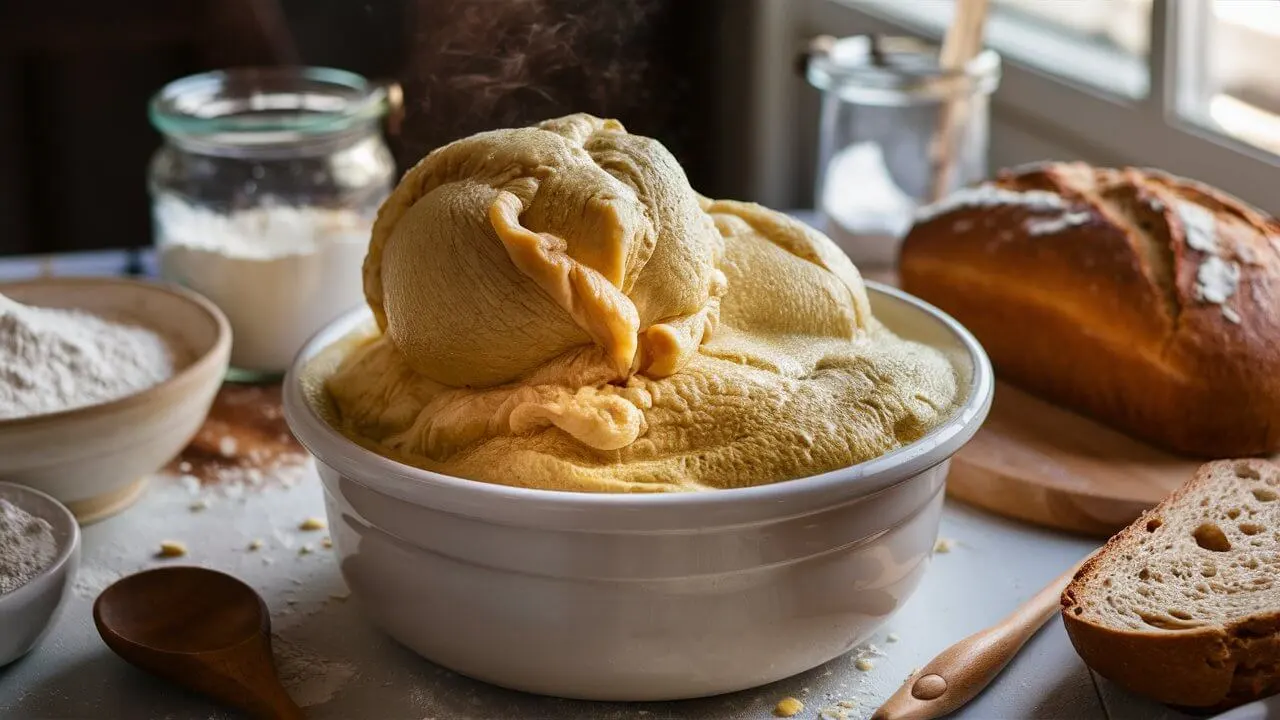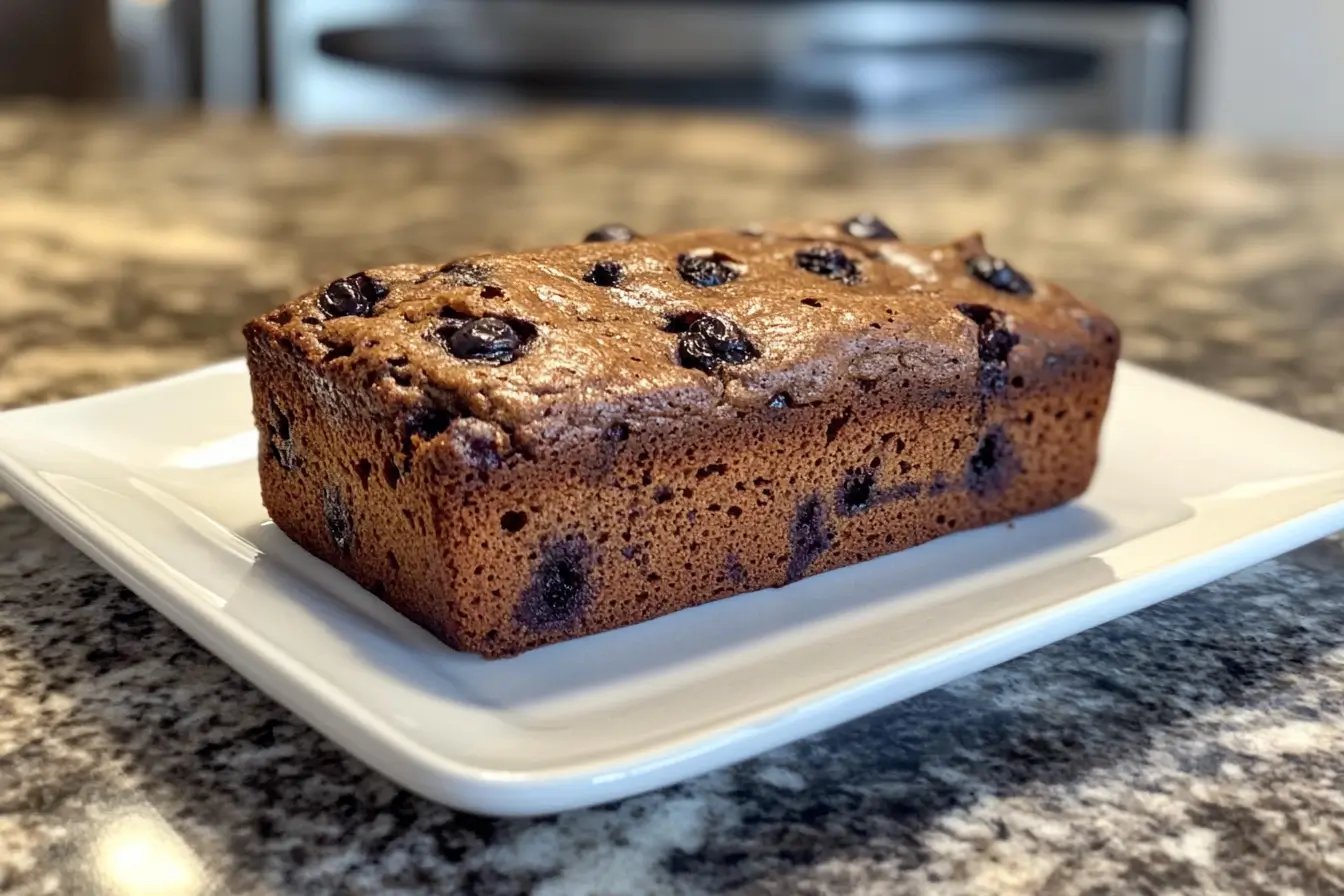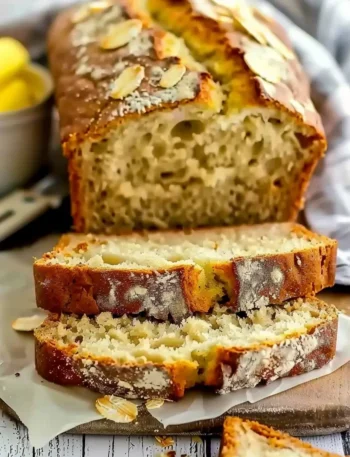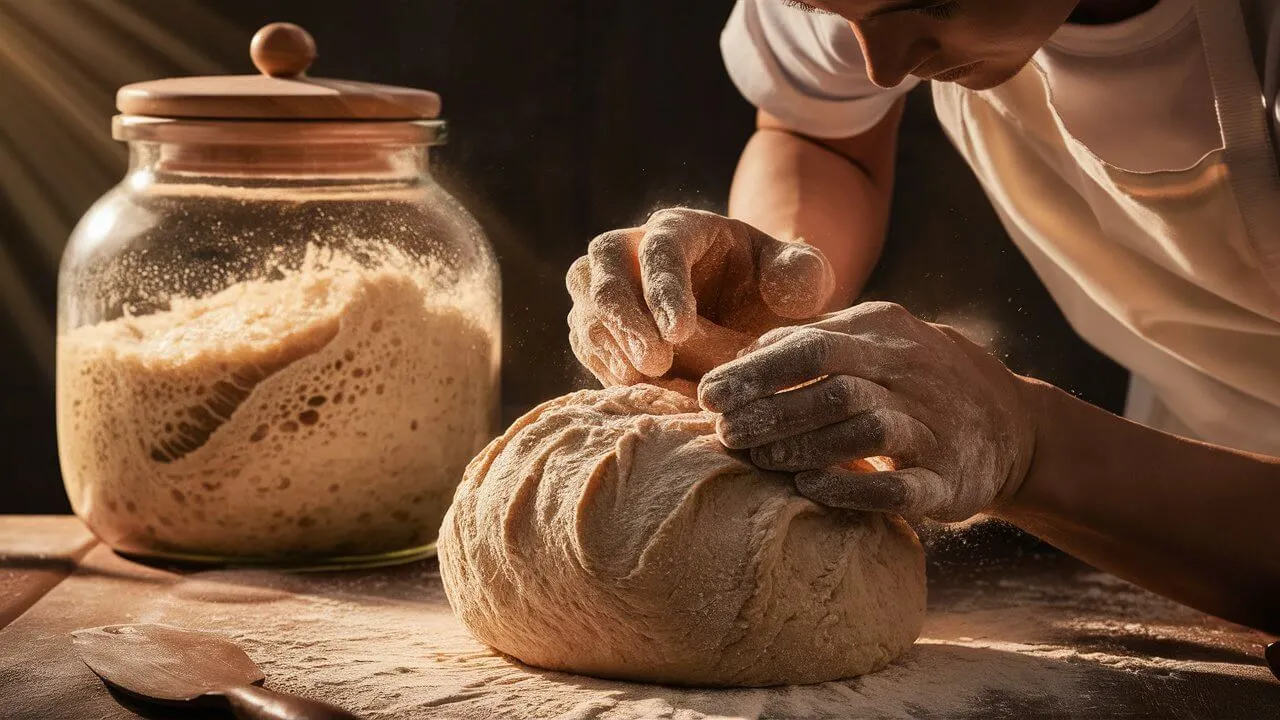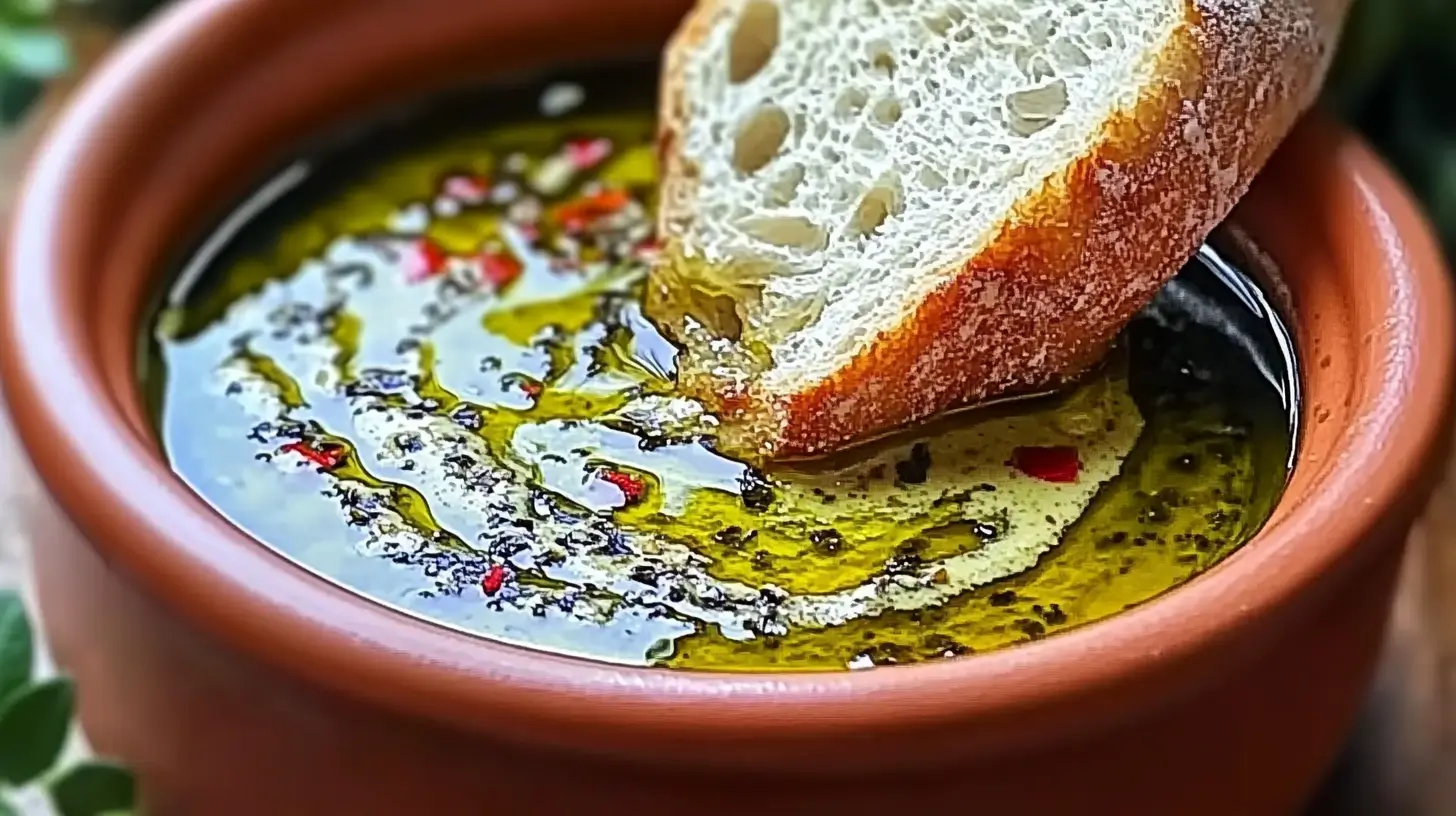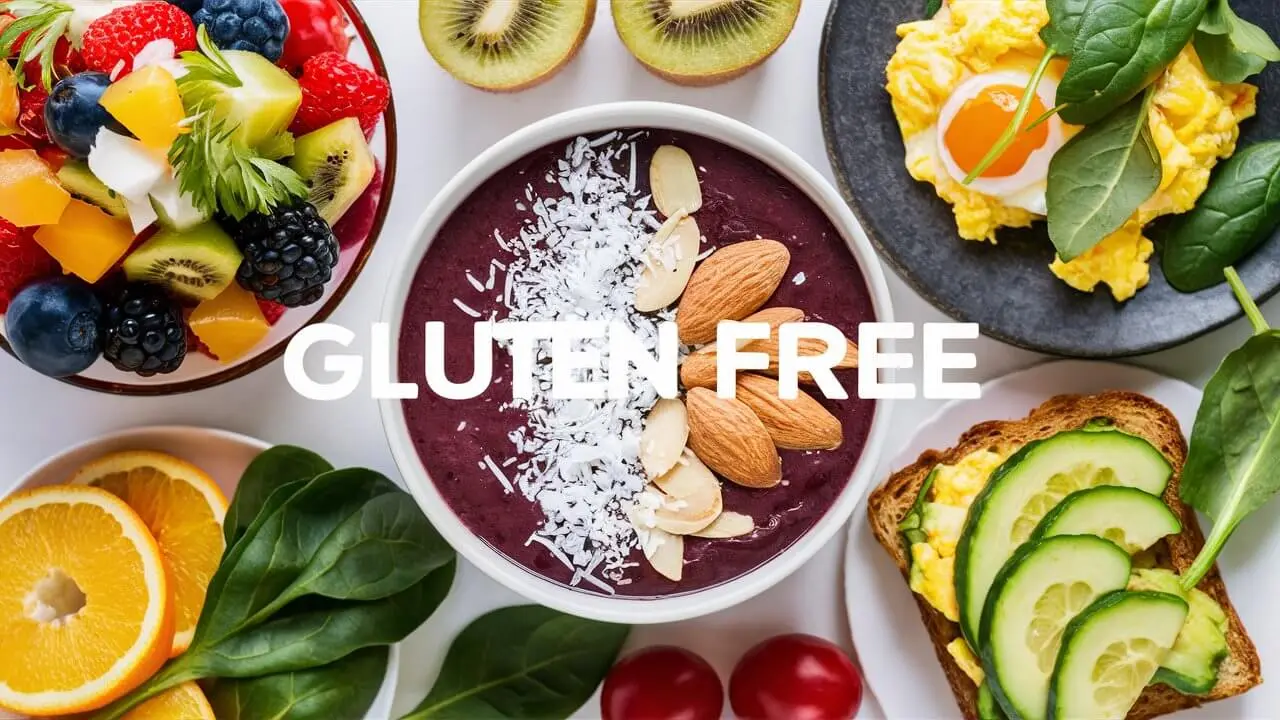Sourdough Discard, a beloved staple dating back to ancient times, has seen a resurgence in popularity due to its rich flavor and natural fermentation process. The creation of sourdough involves cultivating a live culture of flour and water, known as a “starter”, which acts as a natural leavening agent. As this starter matures, it requires regular feeding to maintain the health benefits of Sourdough Discard and vitality.
Understanding Sourdough Discard
During the maintenance of a sourdough starter, bakers periodically remove a portion of the culture—this is the sourdough discard. Although it might seem wasteful to discard this blend of flour and water, it’s a critical step in keeping the starter fresh and active. However, this “discard” is far from useless.
Utilizing Sourdough Discard in Baking
Sourdough discard can transform various recipes, introducing
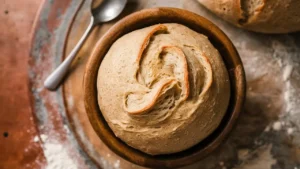
a subtle tang and depth of flavor to baked goods. This underutilized ingredient not only minimizes waste but also enhances the texture and taste of pancakes, waffles, crackers, and even cakes. Integrating it into recipes is straightforward and serves as an excellent way to explore new culinary landscapes.
In conclusion, sourdough and its discard component are
treasures in the baking world. They not only contribute to the creation of delicious, artisan bread but also promote a sustainable approach to cooking. By utilizing every part of the sourdough starter, bakers embrace both tradition and innovation.
Nutritional Advantages of Sourdough Discard
Sourdough discard, often overlooked in the baking process, carries a host of nutritional benefits that can enhance everyday cooking. This by-product of sourdough starter maintenance is not only versatile in recipes but also a powerhouse of nutrients.
Vitamins and Minerals in Sourdough Discard
Sourdough discard is rich in several essential vitamins and minerals. It contains B vitamins, including folate, which are pivotal for energy production and cognitive health. Minerals such as iron, selenium, and zinc are also present, contributing to immune function and overall well-being. These nutrients are derived from the fermentation of the flour, where natural processes enhance their availability.
Comparison with Sourdough Starter
While both sourdough discard and the starter contain similar types of nutrients, their concentrations may vary. The active starter is continuously fed and thus may have a slightly higher level of live cultures, which can influence the bioavailability of nutrients. However, the discard still retains a significant amount of these beneficial elements, making it a valuable ingredient.
Impact of Fermentation on Nutrients
The fermentation process that sourdough undergoes plays a crucial role in enhancing the nutritional profile of the discard. Fermentation helps break down phytates, compounds that typically inhibit the absorption of minerals. By reducing phytate levels, the minerals in it become more bioavailable, making it easier for the body to absorb them. Additionally, fermentation can increase the content of beneficial gut bacteria, contributing to improved digestion and health.
Incorporating it into your diet not only helps reduce food waste but also provides a nutritional boost to your meals, making it a worthwhile addition to various recipes.
Culinary Uses of Sourdough Discard
Sourdough discard, a by-product of maintaining a sourdough starter, is not just a leftover ingredient; it’s a versatile addition to various recipes. This section explores how to creatively and effectively use it, enhancing both the flavor and nutritional content of dishes.
How to Use Sourdough Discard in Recipes
Incorporating sourdough discard into recipes is a great way to add depth of flavor and a slight tanginess that can complement many dishes. Here are some key ways to use it:
- Pancakes and Waffles: Mix it into batter for pancakes and waffles to introduce a rich, tangy flavor and improve texture.
- Breads and Muffins: Use discard in breads and muffins to add a subtle sourdough note.
- Crackers and Flatbreads: It can be used to make crispy crackers and flatbreads, perfect for snacks or serving with dips.
- Cakes and Sweets: Add discard to cakes or sweet breads for a unique twist on traditional recipes.
Unfermented Flour Applications (Flavoring)
Using it with unfermented flour in recipes like cookies and quick breads imparts a distinct flavor while subtly enriching the overall taste profile. It introduces a complexity that can’t be achieved with regular flour alone.
Fermented Flour Applications (Nutritional Benefits)
When combined with fermented flour, it enhances the nutritional value of baked goods. The fermentation process increases the bioavailability of nutrients and can help improve digestion. This combination is excellent for making more nutritious versions of your favorite fermented foods, such as artisanal breads.
Recipes Without Additional Flour (Fully Fermented)
For those looking to fully benefit from fermentation, using it in recipes that do not require additional flour is ideal. These might include:
- Sourdough Crackers: Fully utilize discard for making crunchy, flavorful crackers with seeds and herbs.
- Pizza Bases: Create a tangy pizza base using only discard, seasoning, and a bit of olive oil to bind the dough.
- Crepes: Thin, fermented crepes can be made using discard, with no need for fresh flour, offering a delightful twist to breakfast or desserts.
Incorporating it into your cooking not only minimizes waste but also leverages its unique properties to elevate the taste and nutrition of everyday dishes. Whether you’re making a simple pancake or a complex artisanal bread, it is a valuable kitchen ally.
Health benefits of Sourdough Discard and Considerations for Using Sourdough Discard
While primarily known for its culinary uses, also carries specific health implications that are beneficial for some and may pose risks for others. This section delves into the health benefits and considerations associated with using it.
Digestive Health Benefits
One of the most celebrated advantages of sourdough discard is its positive impact on digestive health. The fermentation process that it undergoes naturally produces probiotics, beneficial bacteria that can enhance gut flora. These probiotics aid in digestion and can help alleviate common digestive issues such as bloating and discomfort. Moreover, the fermentation process also breaks down gluten, which can make the gluten in sourdough discard easier to digest compared to regular bread.
Glycemic Index Considerations
Sourdough discard has a lower glycemic index (GI) than many other types of bread, meaning it does not cause a rapid spike in blood sugar levels. This is beneficial for managing blood sugar, particularly for people with diabetes or those trying to maintain stable energy levels throughout the day. The acidic nature of it can slow down the rate at which glucose is released into the bloodstream.
Suitability for Gluten-Sensitive Individuals
While sourdough discard offers several health benefits, it is important to note that it is not suitable for everyone, especially those with gluten sensitivities or celiac disease. Although the fermentation process does break down some of the gluten, making it easier to digest, it still contains gluten. Therefore, it should be avoided by individuals with celiac disease and those with severe gluten intolerances.
However, for people with minor sensitivities to gluten, it might be more tolerable than regular bread. The key is to start with small amounts to see how the body reacts and to consult with a healthcare provider to make informed decisions based on personal health conditions.
In summary, while sourdough discard is a nutrient-rich and flavor-enhancing ingredient that offers several digestive benefits and has a lower glycemic impact, it is not gluten-free and should be consumed with caution by those with gluten-related disorders.
Additional Insights and Tips for Utilizing Sourdough Discard
Sourdough discard is not just a by-product of sourdough starter maintenance; it’s a versatile ingredient that can be creatively used in various recipes. Here, we explore innovative ways to incorporate sourdough discard and summarize the benefits and considerations of using it.
Creative Ways to Use Sourdough Discard
- Savory Pancakes: Enhance standard pancake batter with it for a tangy twist. Add herbs, cheese, and chopped onions for a savory option.
- Homemade Pasta: Mix it into pasta dough for a unique flavor and improved texture. The slight tang of the discard adds a new dimension to homemade noodles.
- Flavorful Dressings: Whisk sourdough discard into dressings and sauces. It can provide a creamy texture and zesty flavor to vinaigrettes or creamy salad dressings.
- Artisan Crackers: Combine discard with herbs and seeds to bake crispy, flavorful crackers that are perfect for cheese platters.
- Thickening Agent: Use it to thicken soups and stews. It adds body and depth to the dishes, alongside its distinctive sour flavor.
- Cultured Butter: Blend it discard into homemade butter for a cultured butter variant, adding a complex flavor profile to the butter.
Innovative Recipes and Ideas
- Sourdough Discard Chocolate Cake: Incorporate discard into a chocolate cake mix for a rich, moist texture.
- Discard Garlic Knots: Use the discard in dough for garlic knots, adding a subtle tang to the popular side dish.
- Sourdough Discard Fried Chicken: Use discard in the batter for frying chicken to impart a slight tang and extra crunch to the coating.
Summary of the Benefits and Considerations of Using Sourdough Discard
Utilizing it in your cooking offers numerous benefits. It not only reduces food waste but also enhances flavors and introduces probiotics into your diet, which can aid in digestion. The lower glycemic index of sourdough discard makes it a preferable option for maintaining steady blood sugar levels. However, it’s important to remember that it is not gluten-free and should be avoided by those with celiac disease or severe gluten intolerance.
Incorporating it into your culinary practices is an excellent way to explore creative cooking techniques while embracing sustainable kitchen habits. Whether you’re making a simple snack or an elaborate meal, it can elevate your dishes with its unique flavor and texture.
Exploring the Health Aspects of Sourdough Discard: A Comprehensive Guide
Sourdough discard, an often-overlooked by-product of sourdough starter maintenance, boasts a plethora of health and culinary benefits. This versatile ingredient not only enhances the flavor of numerous dishes but also incorporates beneficial nutrients thanks to its fermentation process. Understanding how to use sourdough discard can significantly elevate your baking skills and contribute to a healthier diet.
Health Benefits of Sourdough Discard
Utilizing it in your recipes can lead to several health advantages. The fermentation process involved in creating sourdough discard promotes the growth of probiotics, which are beneficial for digestive health. These probiotics help balance the gut microbiota, essential for good digestion and overall health. The presence of nutritional yeast in the discard can also enhance the vitamin B content of your dishes, adding to their nutritional profile.
For those monitoring their sugar intake, sourdough discard is an excellent alternative to regular flours due to its low glycemic index. Foods prepared with sourdough discard release glucose more slowly, preventing spikes in blood sugar levels. This attribute makes it particularly beneficial for people with diabetes or those trying to manage their energy levels throughout the day.
Culinary Uses and Sourdough Baking Tips
Sourdough discard isn’t just beneficial for health; it’s also incredibly versatile in the kitchen. Whether you’re looking to improve the texture of your homemade pancakes or add a tangy zest to your breads, it can be your go-to ingredient. For unique and creative uses for sourdough discard, explore various recipes that allow this ingredient to shine, from savory pancakes to innovative dressings and sauces.
For those new to sourdough baking, understanding a few key baking hacks can make the process smoother and more enjoyable. Maintaining your sourdough starter with regular feeding and using the discard in diverse recipes are just the beginning. Discover more sourdough baking techniques at King Arthur Baking Company.
Considerations for Gluten Sensitivity
While sourdough discard is rich in benefits, it’s important to note its gluten content. Although fermentation reduces the gluten levels, making it easier to digest, it is not suitable for individuals with celiac disease or severe gluten allergies. However, for those with mild gluten sensitivity, it might be an acceptable alternative to explore, enhancing both flavor and nutritive value in baking without the harsh effects of regular gluten.
Frequently Asked Questions
Sourdough discard is a popular ingredient among bakers, known for its versatility and unique flavor. However, there are common questions related to its use, storage, and dietary considerations. Below are answers to some frequently asked questions based on what people commonly inquire about.
Is sourdough discard gluten-free?
No, sourdough discard is not gluten-free. It originates from the sourdough starter, which is typically made from wheat flour. The fermentation process it undergoes may reduce the gluten content slightly, making it easier to digest for some people, but it still contains gluten. Therefore, it is not suitable for individuals with celiac disease or those following a strict gluten-free diet.
How long can you store sourdough discard?
Sourdough discard can be stored in the refrigerator for up to one week. For longer storage, it can be kept in the freezer for about 2 to 3 months. When storing it, it’s important to keep it in an airtight container to prevent it from absorbing odors and to maintain its quality. Thaw frozen discard in the refrigerator overnight before using it in your recipes.
Can sourdough discard replace regular flour?
Sourdough discard cannot completely replace regular flour in recipes as it is a mixture of flour and water that has begun to ferment, thus having different properties. However, it can be used to replace a portion of the flour in recipes, particularly in baked goods like pancakes, waffles, muffins, and bread. When substituting sourdough discard for flour, reduce the total amount of liquid in the recipe to balance the moisture content. Typically, you can substitute about half a cup of discard for an equal amount of flour and adjust the liquid ingredients as necessary.
By understanding these aspects, you can better integrate this resourceful ingredient into your baking repertoire, enhancing both the flavor and nutritional value of your dishes.
Conclusion
Incorporating it into your culinary repertoire offers not only a chance to enhance the flavor and texture of your meals but also provides health benefits such as improved digestive health and a lower glycemic index. For more on the health benefits of fermented foods, consider the insights provided by Healthline.
Embrace the art of sourdough baking and make the most of every part of your sourdough starter. By doing so, you’ll not only enrich your dishes but also take a step towards a more sustainable and health-conscious baking practice.


